How To Do The L-Sit
For a do-anywhere abs exercise that guarantees results, unleash L
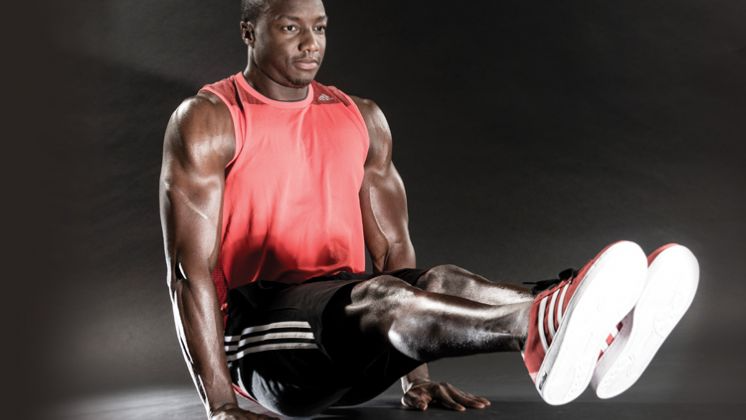
There are some exercises you have to try before you realise how difficult they are and the L-sit is undoubtedly one of them. Sure, it looks quite tough and you’ll probably sense that supporting yourself on your hands could be tricky, but it’s not until you actually sit on the ground and try to lift your body that you realise quite how preposterously difficult it is.
Once you’re in the air, it doesn’t get a whole lot easier, but we promise that the benefits are worth the challenge. Maintaining the L-shape while holding your body up works muscles all over the body, with your abs, hip flexors and triceps being hit particularly hard. Also, you’ll look like an absolute stud in the gym. The L-sit is a very efficient exercise too, because holding it for just 10 seconds deliver big benefits. It’s one of the best abs exercises. It’s one of the best core exercises. It’s one of the best exercises – period.
How To Do The L-Sit
Sit with your palms on the floor by your sides. Point your fingers forwards and spread them out as if you’re trying to grip the ground. Brace your legs, abs and glutes – everything, basically – and lift yourself off the ground. Leaning your torso forwards slightly will help with your balance, but there’s nothing we can do about the screaming muscles in your abs and hip flexors. Then hold that position. Don’t worry if you can’t last more than 10 seconds – even getting airborne is quite the achievement.
L-Sit Variations
V-hold
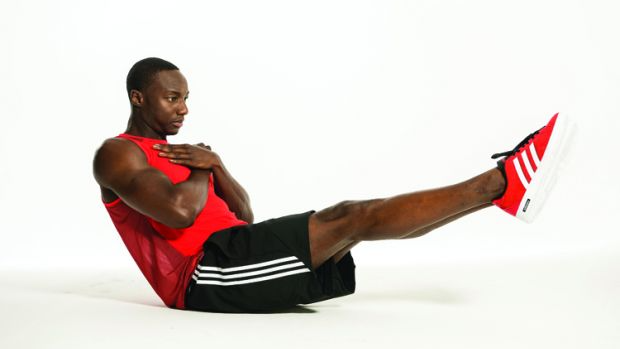
This hold exercise is a great way to strengthen your abs to prepare them for the L-sit. Sit on the floor, then lean back slightly and raise your legs up straight so your body forms a V.
Tuck sit
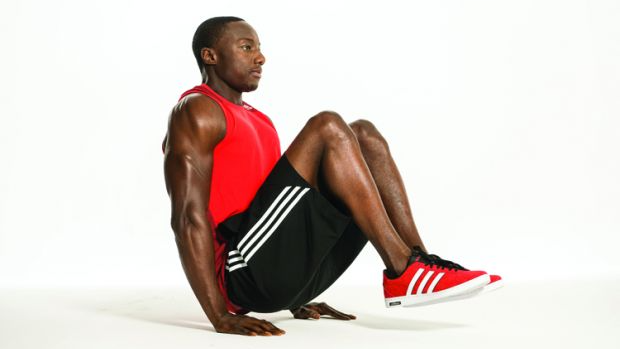
The tuck sit is another useful step on the road to the full L-sit. The exercise is mostly the same, but you bend your legs and bring your knees towards your chest, which makes your position more stable so the lifting part is easier.
Hanging knee raise
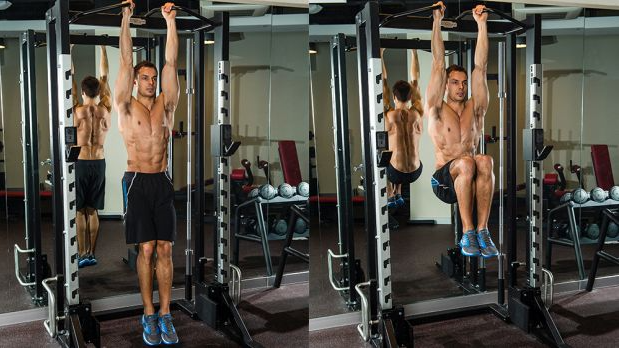
This variation doesn’t work the arms and shoulders in the same way as the classic L-sit because you hang from a bar rather than holding yourself up from the floor, but it will help strengthen your core and help you build up to the L-sit or hanging leg raise.
Hang from a bar using an overhand grip. Bend your knees and lift your legs until your thighs are parallel to the ground, hold for a second, then slower lower them.
Sign up for workout ideas, training advice, reviews of the latest gear and more.
Elevated L-sit
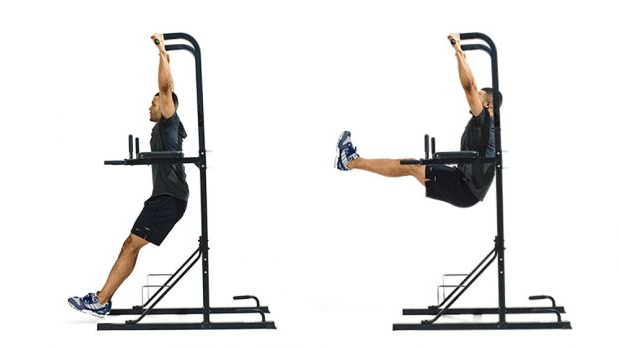
Performing the L-sit on gymnastic rings or dips bars – also known as the hanging leg raise – is easier than on the ground, so it can help you to build up to the L-sit proper. To form the L-shape on the bars or rings, you first raise your body, then bring your legs straight out in front of you.
Gymnastic rings L-sit

The L-sit is a go-to move for anyone who works out using gymnastic rings. It works your arms, shoulders and core in an even more effective way than the standard L-sit because you’re supporting your body on the unstable rings, rather than the ground, so your muscles have to work all the harder to hold the position.
Start by getting into a dip position, supporting your body with your arms straight and at your sides. Your legs should be extended towards the floor and your feet together. Raise your legs until they are parallel to the ground, keeping them straight throughout. You can lift one leg at a time or bend your knees for an easier version of the exercise.

Nick Harris-Fry is a journalist who has been covering health and fitness since 2015. Nick is an avid runner, covering 70-110km a week, which gives him ample opportunity to test a wide range of running shoes and running gear. He is also the chief tester for fitness trackers and running watches, treadmills and exercise bikes, and workout headphones.
